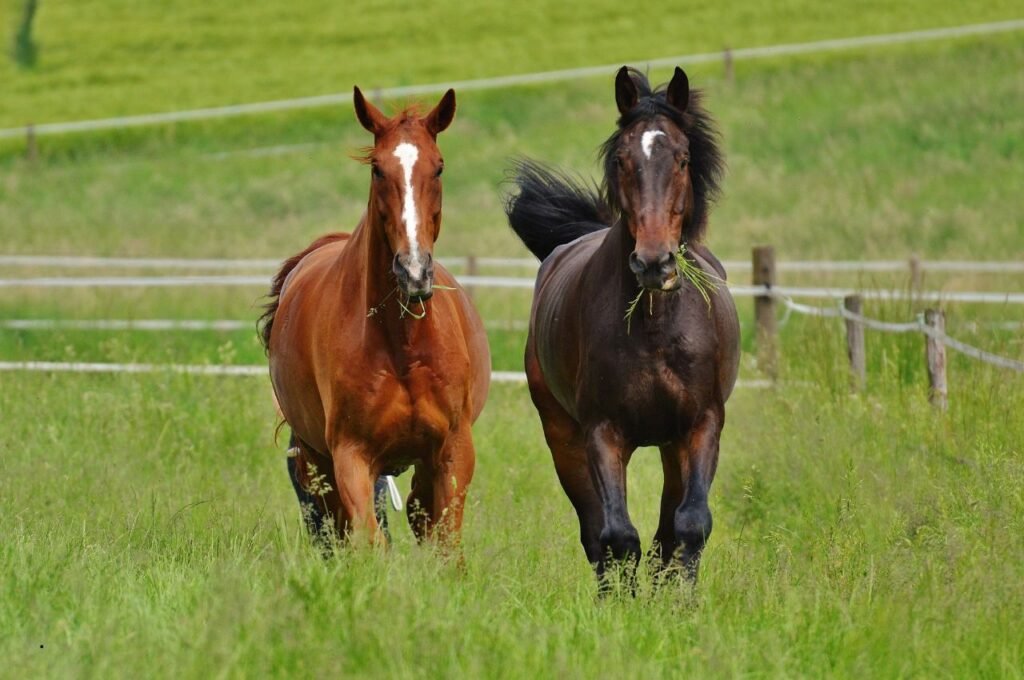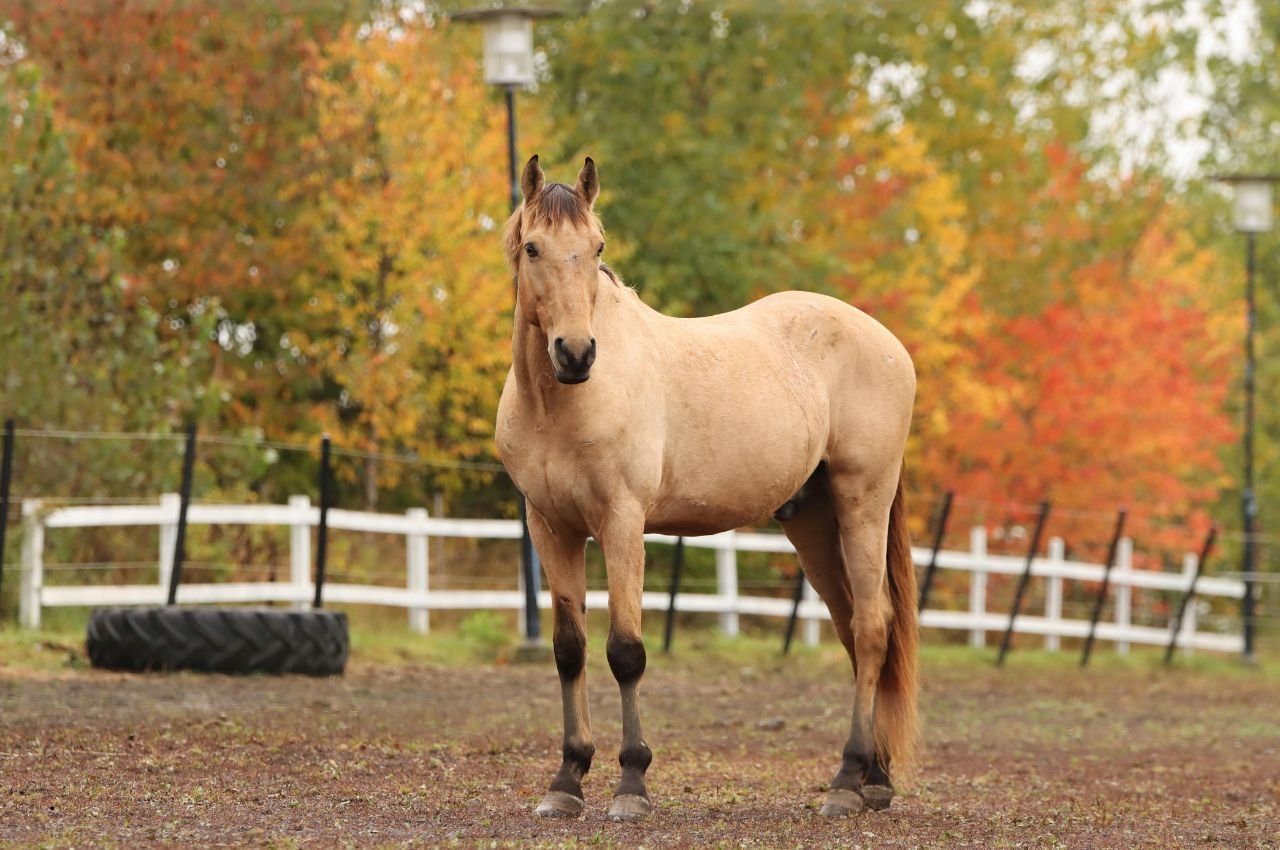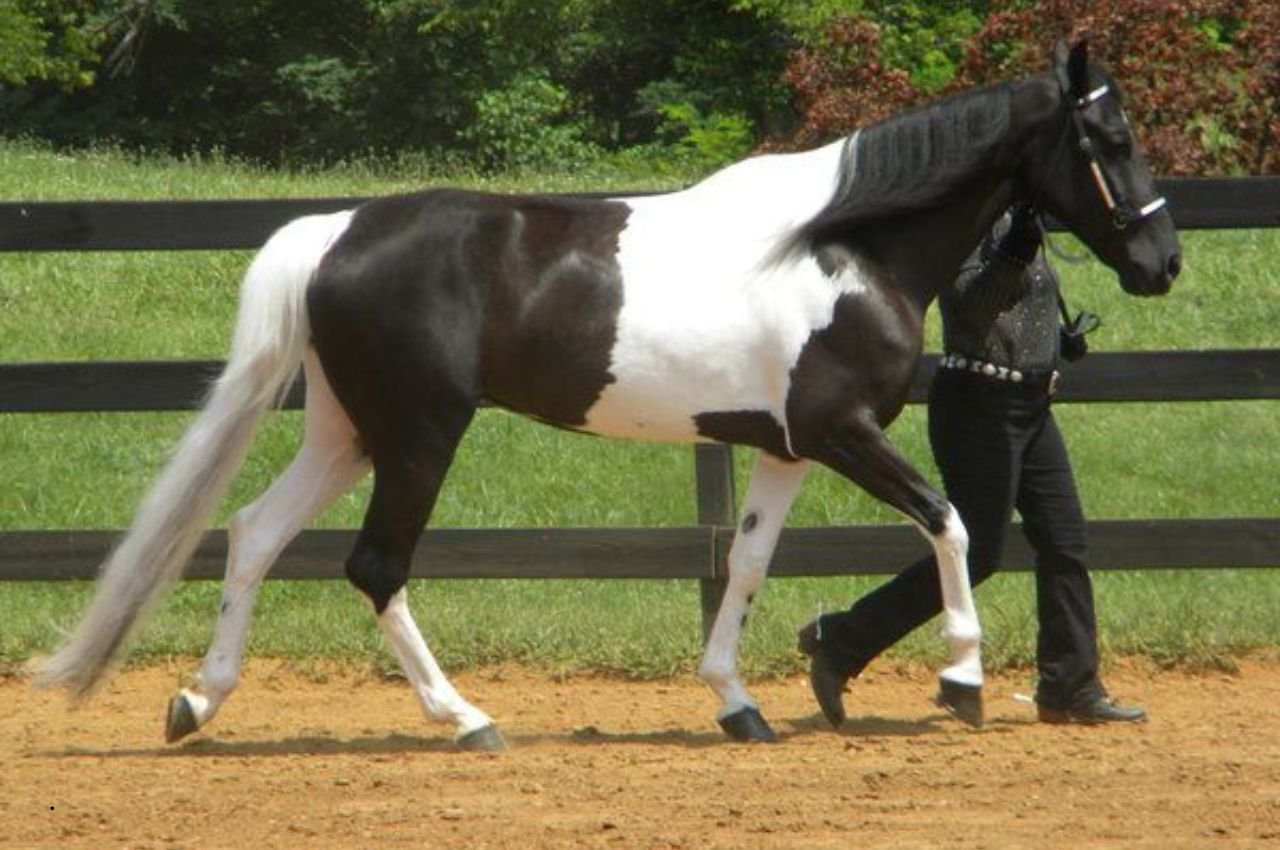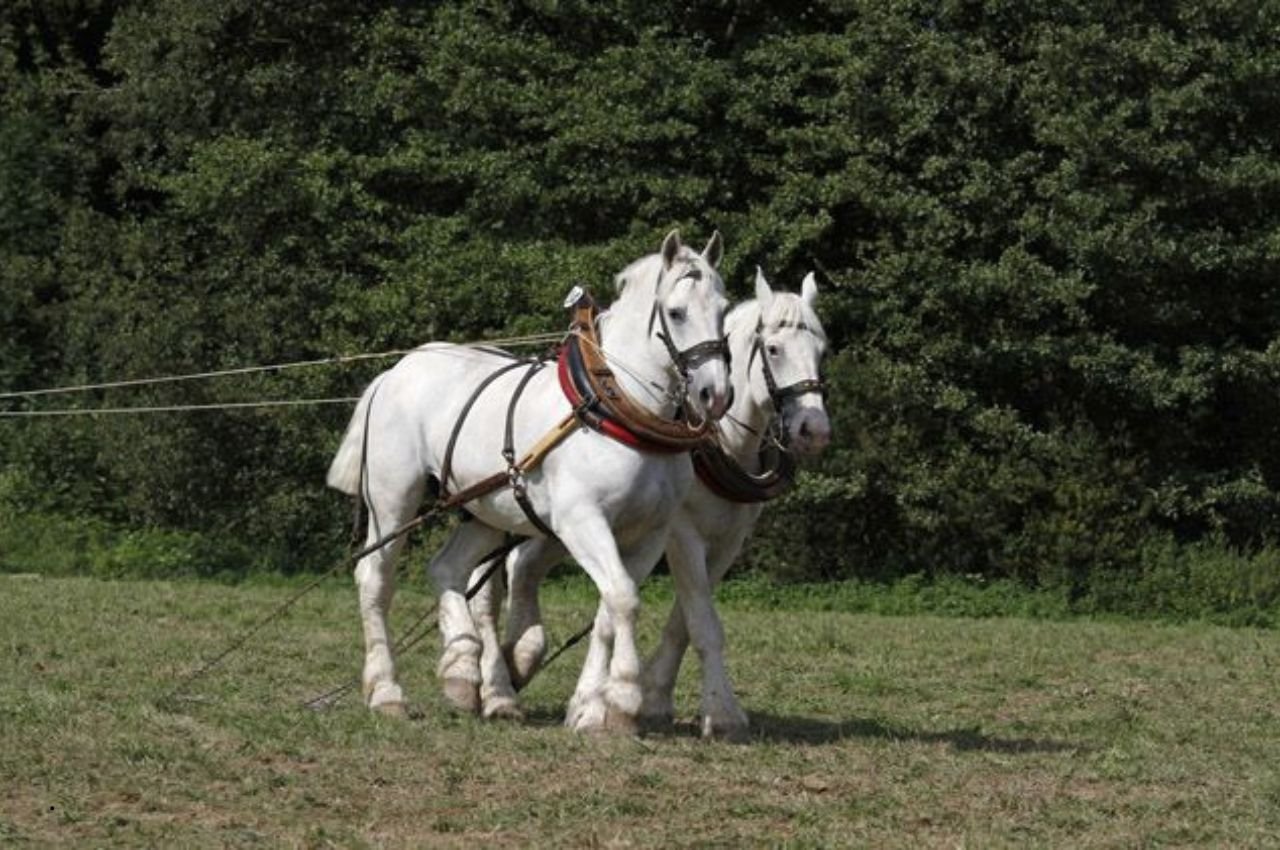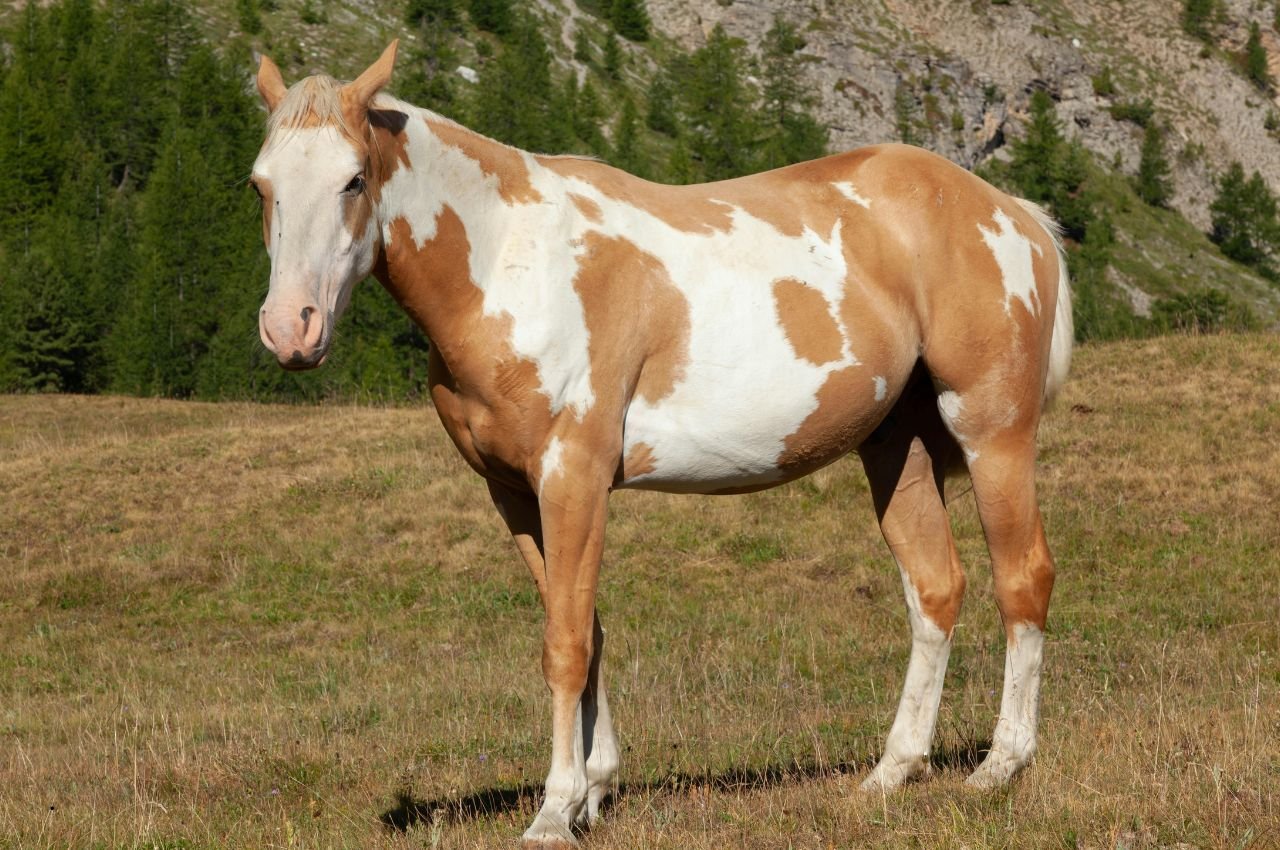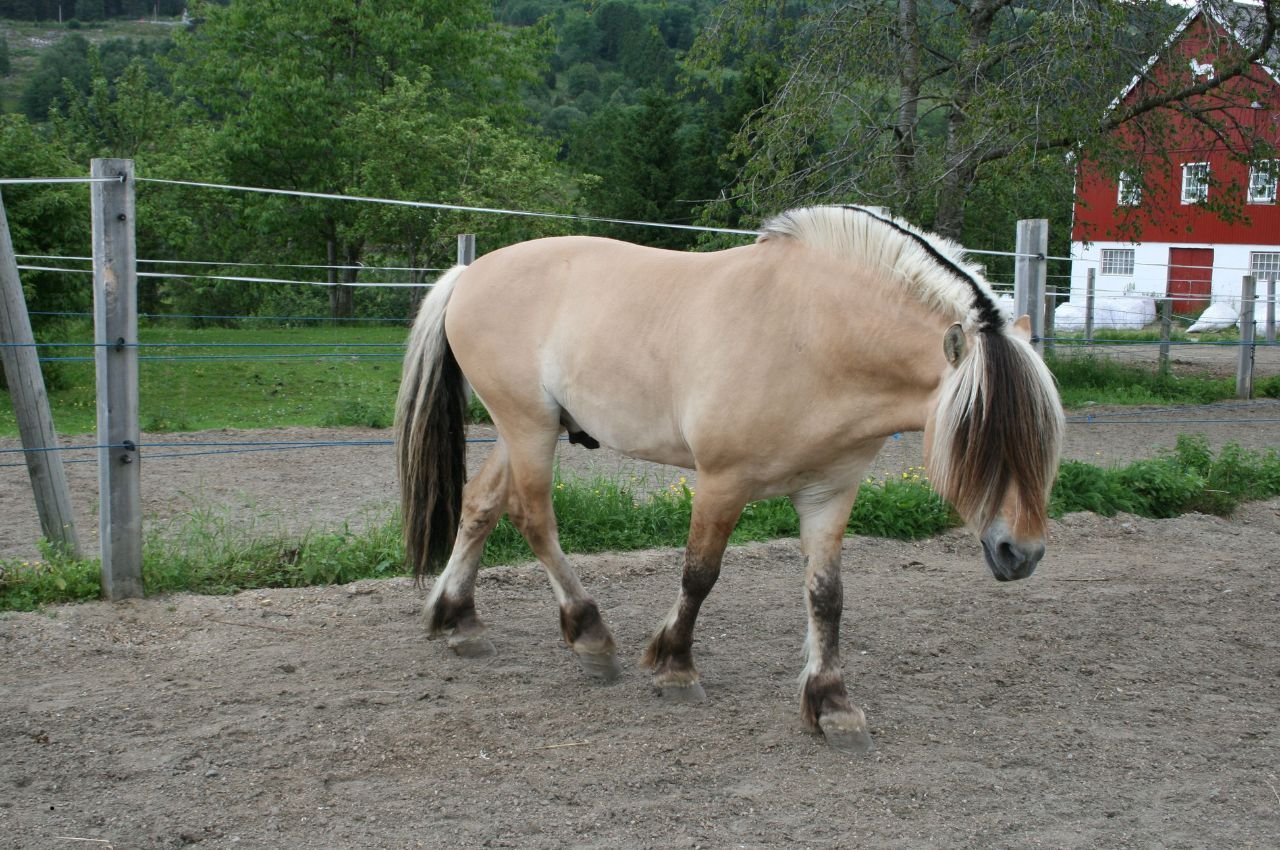Introduction: What Every Horse Owner Needs to Know About Colic Relief
Colic is one of the leading causes of emergency vet calls in the equine world. While it can range from mild discomfort to a life-threatening emergency, your quick response can save your horse’s life. That’s why knowing the best methods for colic relief is essential for every horse owner.
In this post, you’ll learn five powerful strategies to deliver fast and effective colic relief, reduce pain, and help prevent future episodes.
1. Recognize the Early Signs for Faster Colic Relief
Effective colic relief starts with recognizing the early symptoms. Horses often hide their pain, so spotting the signs early gives you a critical advantage.
Key early signs include:
- Rolling or attempting to roll
- Kicking at the belly
- Pawing or restlessness
- Lack of appetite
- No manure or dry, small droppings
📌 Colic Relief Tip:
The earlier you intervene, the more effective colic relief measures will be. Call your vet immediately when symptoms appear.
2. Controlled Walking for Natural Colic Relief
Light walking encourages gut movement and can provide natural colic relief, especially for gas-related discomfort. But overexertion can be dangerous.
📌 Colic Relief Tip:
Walk your horse calmly for 10–15 minutes at a time, only if it’s safe and the horse is not in distress.
3. Medication for Colic Relief – Only with Veterinary Supervision
Sometimes colic requires more than just walking and hydration. Pain relief medications can offer rapid colic relief — but only when administered under veterinary supervision.
- Banamine (flunixin) is a common choice for colic relief, but it must be used wisely.
- Nasogastric tubing with oil may also help move impactions.
📌 Colic Relief Warning:
Self-medicating without diagnosis can hide symptoms and delay life-saving treatment.
4. Keep Your Horse Hydrated for Preventive Colic Relief
Hydration plays a vital role in both treating and preventing colic. A dehydrated horse is more prone to impactions and gas buildup.
Ways to encourage hydration:
- Clean water at all times
- Electrolytes in feed or water
- Wet feed or soaked hay
- Add salt to the diet
📌 Colic Relief Bonus:
Hydration not only helps current colic symptoms but also serves as a long-term colic relief prevention strategy.
5. Long-Term Colic Relief Through Prevention
The best colic relief is preventing it altogether. Stable, healthy routines and good management drastically lower the risk.
Best prevention practices:
- Feed consistent meals
- Avoid sudden dietary changes
- Turn out daily for exercise
- Regularly deworm and float teeth
- Avoid sand ingestion by using feeders or checking with the float test
📌 Proactive Colic Relief:
Prevention is the most reliable form of colic relief — and it saves you from emergency calls and stress.
Conclusion: Colic Relief Is in Your Hands
Colic is serious, but with prompt action and the right care plan, you can make a difference. From early detection to veterinary-guided treatments and prevention strategies, colic relief is about staying prepared and acting fast.
🔔 Your Quick Checklist for Colic Relief:
- ✅ Spot the signs early
- ✅ Call the vet immediately
- ✅ Walk only if safe
- ✅ Follow the vet’s treatment
- ✅ Prevent future episodes
Colic Relief FAQs
What is the first thing I should do if I suspect my horse has colic?
The first step is to remove all food and water, observe the horse closely, and call your veterinarian immediately. Early intervention is critical. Do not administer any medication unless directed by a vet.
Can walking really help with colic relief?
Yes, light walking can help relieve mild colic (especially gas or spasmodic types) by stimulating gut movement and preventing dangerous rolling. However, avoid overexertion and do not walk a horse that is in severe distress.
Is Banamine safe to give during colic?
Banamine (flunixin meglumine) can help manage pain and inflammation but should only be given after consulting your vet. It can mask symptoms and make diagnosis harder if used improperly.
What causes colic in horses?
Common causes include:
Gas buildup
Blockages (impactions)
Poor hydration
Sudden feed changes
Parasites
Sand ingestion
Stress
Twisted or displaced intestines
How can I prevent colic in my horse?
Preventive strategies include:
Feeding a consistent, high-fiber diet
Ensuring 24/7 access to clean water
Avoiding abrupt feed changes
Providing daily turnout
Regular dental and deworming care
Using feeders to prevent sand ingestion
When does colic require surgery?
Surgery is necessary when:
Pain doesn’t respond to medication
There’s a twist or displacement of the gut
Vital signs deteriorate (high heart rate, no gut sounds)
Large amounts of fluid are found via nasogastric tube
Your vet will determine if surgery is the best option.
Can colic kill a horse?
Yes, colic can be fatal if not treated promptly, especially in cases involving intestinal torsion or strangulation. Quick veterinary intervention is the best way to prevent death from colic.
Should I let my horse lie down during colic?
If your horse is lying quietly, it’s usually okay. Prevent violent rolling, which can lead to a twisted gut. Walking can help, but don’t force the horse to stand if it’s calm and not in distress.
How much does colic surgery cost?
Colic surgery can range from $5,000 to $12,000 USD, depending on the clinic, location, and complexity. It’s wise to have emergency vet insurance or savings set aside for potential surgeries.
Can colic come back after treatment?
Yes, horses that have had colic once are at higher risk of recurrence. Work with your vet to identify underlying causes and implement a long-term prevention plan.
🐴 Share Your Colic Relief Tips or Stories
Have you helped a horse recover from colic? What methods have worked best for you? Share your experiences in the comments — your story could help another horse owner save a life.

